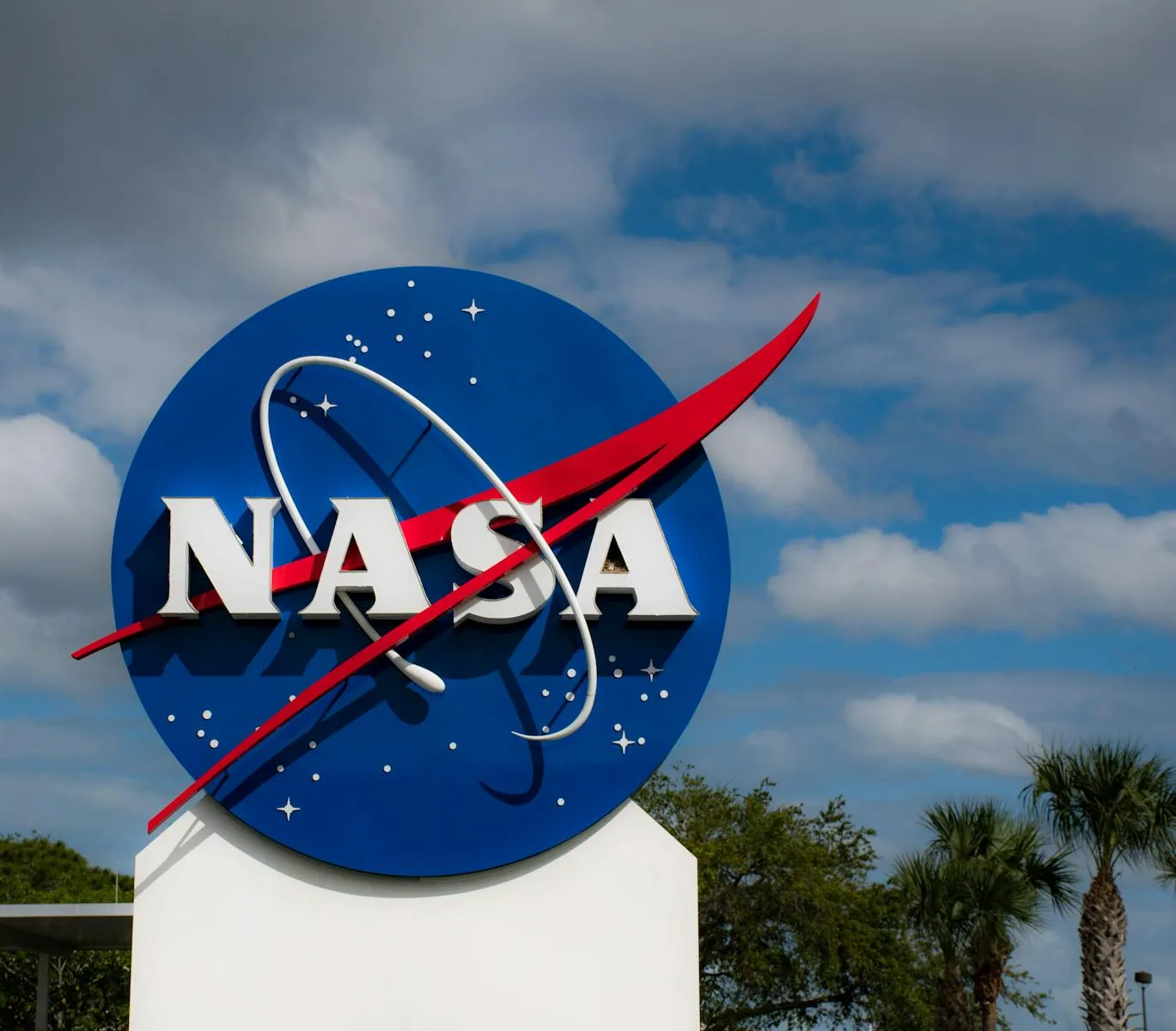Table of Contents
Compared to existing nickel-base alloys, the high-heat alloy is said to have a 2,500-fold longer lifespan.
Manufacturers frequently claim to have employed “aerospace-grade” materials in their goods, and we have heard them state as much. While many of these companies just use the phrase as a marketing gimmick, a good number genuinely use these premium, high-resistance materials that are specifically made for the industry to improve performance and longevity.
In fact, a large number of the premium metals and composites that we deal with on a daily basis have their origins in aerospace applications. Furthermore, NASA has been working tirelessly to advance the field of materials science. Indeed, it recently obtained a license for GRX-810, a novel super-alloy that may contain the secret to the development of high-performance machines in the future.
What then makes the GRX-810 unique?
To begin with, this material is 3D printable, meaning that it can be molded and formed into almost any part. It is also reported to be a high-temperature material that is lighter and more resilient than current alloys used in spacecraft and airplane parts.
They claim that it has the potential to completely transform manufacturing, particularly the powersports sector.
Yes, airplane and spacecraft parts—you read that right. This implies that in order for GRX-810 to be employed in some of the most dangerous applications ever imagined, it must be among the strongest, lightest, and most dependable alloys available. More precisely, GRX-810 is intended to support the development of improved hot-section, combustors, turbines, and injectors for liquid rocket engines. A fifth of the temperature of the sun’s surface can be reached in these regions, which can reach temperatures of more than 2,000 degrees Fahrenheit.
Co-inventor of GRX-810 and NASA Glenn materials researcher Dr. Tim Smith described the new alloy as a revolutionary technological achievement. “GRX-810 symbolizes a new manufacturing process and alloy design space that was unthinkable only a few years ago,” he stated.
Smith and his colleague Christopher Kantzos used state-of-the-art computer modeling and laser 3D printing to create GRX-810, a device that builds itself layer by layer by fusing different metals together. To make the alloy stronger, oxygen atoms were dispersed throughout minuscule particles.
As a result, NASA claims that GRX-810 can withstand higher stress and temperatures and can survive an astounding 2,500 times longer than conventional nickel-base alloys. It gets even better: it can stretch up to four times stronger before breaking and is twice as resistant to oxidation-related damage.
Currently, four American companies—Carpenter Technology Corporation in Reading, Pennsylvania; Elementum 3D, Inc. in Erie, Colorado; Linde Advanced Material Technologies, Inc. in Indianapolis; and Powder Alloy Corporation in Loveland, Ohio—have licenses to produce GRX-810.
Now, I know what some of you are probably thinking. Why is EJ talking endlessly on a powersports page about aerospace-grade alloys? Aerospace-grade materials are present in almost every aspect of powersports, ranging from the metals and alloys found in your cars’ engines to the carbon fiber on your helmets and vehicle bodywork.
I’m trying to convey the potential that a super-alloy like GRX-810 holds, not only for the more mundane things but also for human space exploration endeavours.
Many of the materials we come into contact with every day originated in the aircraft industry.
Powersports vehicles, motorcycles, and high-performance cars of today are already extremely advanced. After all, who needs a 300 horsepower motorcycle? However, realizing the possibilities of a super-alloy such as GRX-810 may lead to some fairly wild inventions if and when (most likely, when) it is made commercially available.
It’s possible that we’ll see motors and engines that are significantly more compact and produce absurdly high power and torque. These machines can also be far more dependable and efficient, with smaller total weights, less reciprocating mass, and longer service intervals, because these parts are stronger and endure longer.
The goal of manufacturers is to achieve the unachievable: extremely high performance combined with efficiency and dependability. Maybe the secret here is a super-alloy like GRX-810.
read also : Record-breaking rise in atmospheric CO2 levels worldwide
It’s possible that we’ll see motors and engines that are significantly more compact and produce absurdly high power and torque. These machines can also be far more dependable and efficient, with smaller total weights, less reciprocating mass, and longer service intervals, because these parts are stronger and endure longer.


1 thought on “NASA’s New Super-Alloy Has the Potential to Change Everything”